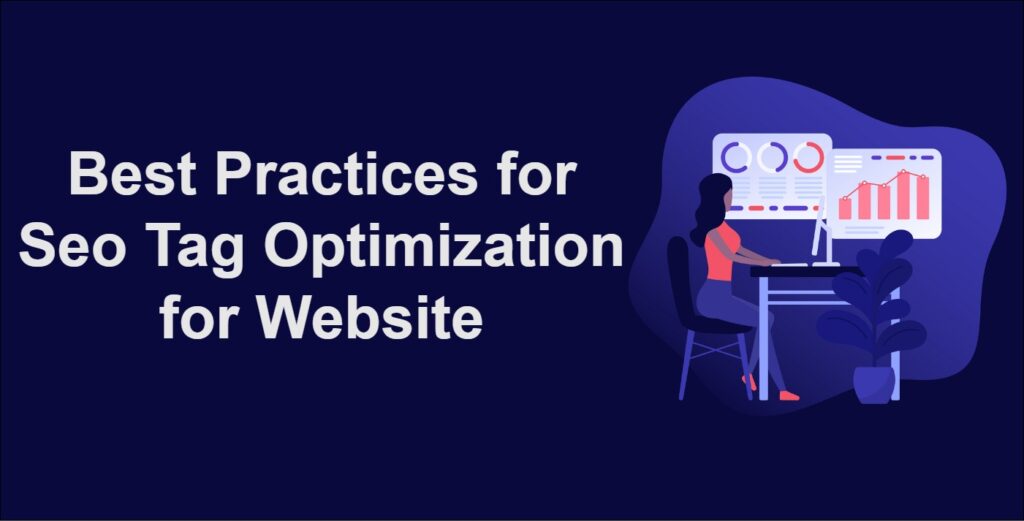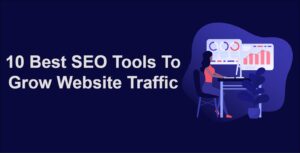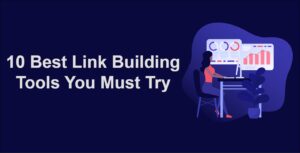In search engine optimization (SEO), proper tag optimization is a crucial aspect of ensuring your website’s visibility and ranking on search engine results pages (SERPs). SEO tags are HTML elements that provide valuable information to search engines about the content and structure of your web pages. In this comprehensive guide, we will explore the best practices for optimizing various SEO tags on your website to enhance its search engine performance and attract organic traffic.
Mastering the art of SEO tag optimization is a fundamental step in improving your website’s search engine visibility and performance. By implementing the best practices outlined in this guide and avoiding common mistakes, you can create a user-friendly and search engine-friendly website that attracts organic traffic and engages your target audience.
SEO is an ongoing process, and regularly monitoring, analyzing, and optimizing your SEO tags will help you stay ahead of the competition and achieve long-term success in the digital landscape.
Understanding SEO Tag Optimization
Before we delve into the best practices, let’s take a closer look at the importance of SEO tag optimization and how it impacts your website’s overall SEO strategy.
1. The Role of SEO Tags
SEO tags are HTML elements that help search engines understand the relevance and context of your web pages. They play a critical role in determining how your website is indexed and displayed in search results.
2. Why SEO Tag Optimization Matters
Effective SEO tag optimization can lead to higher search engine rankings, improved click-through rates, and increased organic traffic. By optimizing your tags, you provide search engines with accurate and relevant information, making it easier for them to index and rank your content.
Best Practices for SEO Tag Optimization
Now, let’s explore the best practices for optimizing various SEO tags on your website to enhance its visibility and search engine performance.
1. Title Tag Optimization
The title tag is one of the most important on-page SEO elements. It appears as the main headline in search engine results and should accurately reflect the content of the page while incorporating your target keyword.
2. Meta Description Optimization
While not a direct ranking factor, a well-crafted meta description can influence click-through rates. Write compelling meta descriptions that provide a concise overview of your page’s content and encourage users to click.
3. Header Tag Optimization
Header tags (H1, H2, H3, etc.) help organize your content and make it more readable for both users and search engines. Use H1 tags for main headings and incorporate relevant keywords in H2 and H3 tags for subheadings.
4. Image Alt Text Optimization
Image alt text provides context to search engines about the content of your images. Use descriptive alt text that accurately describes the image while incorporating relevant keywords.
5. URL Structure Optimization
Create clean and descriptive URLs that convey the topic of your page. Include relevant keywords while keeping the URL concise and user-friendly.
6. Canonical Tags
Canonical tags indicate the preferred version of a web page when there are multiple versions with similar content. Use canonical tags to avoid duplicate content issues and consolidate page authority.
7. Schema Markup
Implementing schema markup helps search engines understand the context of your content. Use structured data to enhance your search results appearance with rich snippets and additional information.
LSI Keywords: Enhancing SEO Tag Optimization
Incorporating Latent Semantic Indexing (LSI) keywords into your SEO tags can further enhance your website’s search engine performance.
1. What Are LSI Keywords?
LSI keywords are terms that are semantically related to your main keywords. They provide context and depth to your content, helping search engines understand its relevance.
2. Incorporating LSI Keywords
Integrate LSI keywords naturally into your title tags, meta descriptions, header tags, and content. This adds depth and context to your optimization efforts.
Common SEO Tag Optimization Mistakes to Avoid
Avoiding common mistakes is just as important as implementing best practices. Let’s explore some pitfalls to steer clear of.
1. Keyword Stuffing
Overloading your SEO tags with keywords can lead to poor user experience and potential penalties. Focus on natural and relevant keyword usage.
2. Neglecting Mobile Optimization
With mobile-first indexing, it’s crucial to ensure your SEO tags are optimized for mobile devices. Test how your tags appear on various screen sizes.
3. Ignoring User Intent
Optimizing for keywords without considering user intent can result in high bounce rates. Prioritize creating valuable and relevant content that addresses user needs.
Monitoring and Measuring SEO Tag Optimization
To ensure the effectiveness of your SEO tag optimization efforts, monitoring and measurement are essential.
1. Use Analytics Tools
Leverage tools like Google Analytics and Google Search Console to track the performance of your optimized tags. Monitor organic traffic, click-through rates, and keyword rankings.
2. Analyze User Behavior
Examine user behavior metrics such as bounce rate, time on page, and conversion rates. Adjust your optimization strategy based on user engagement.





